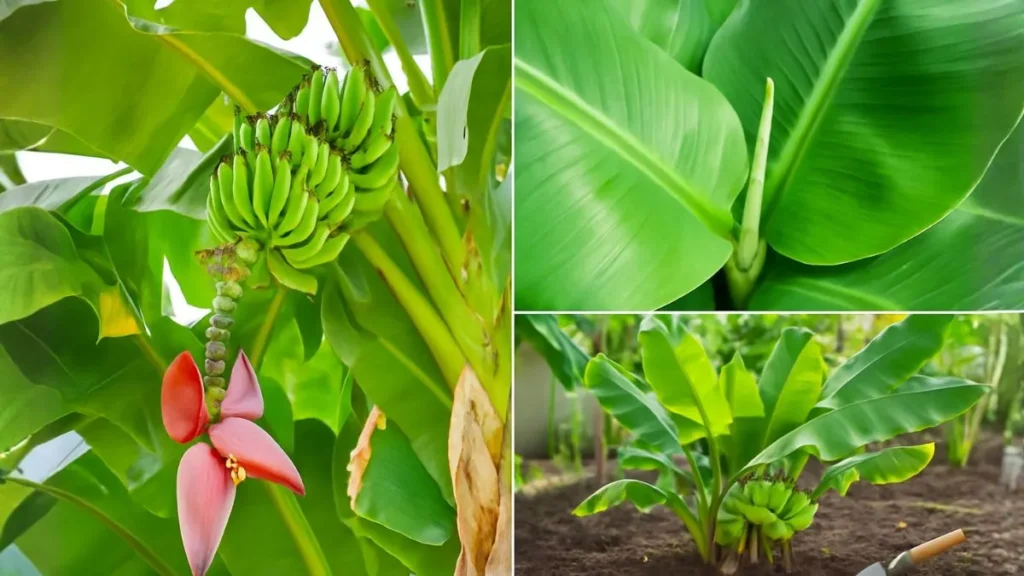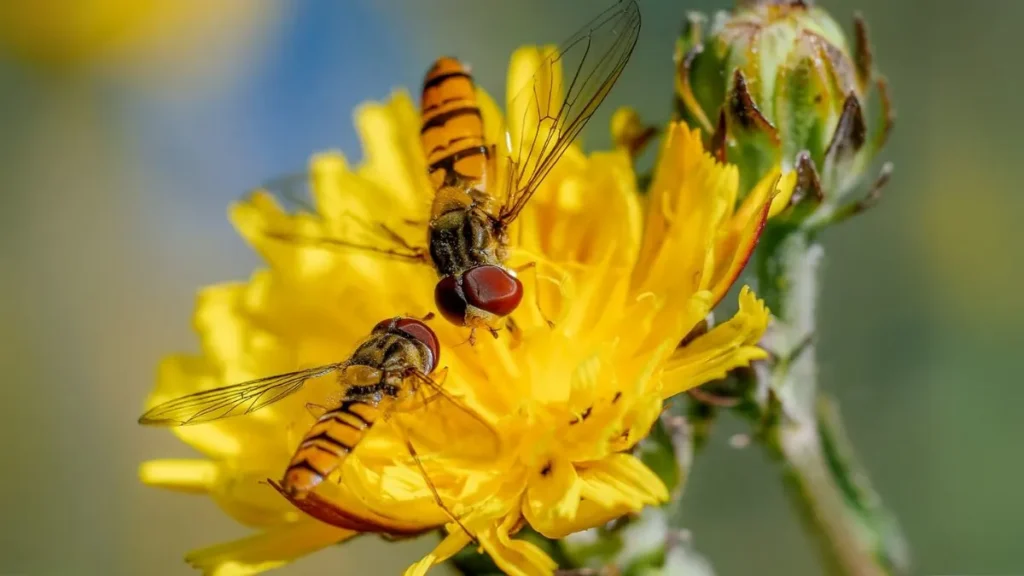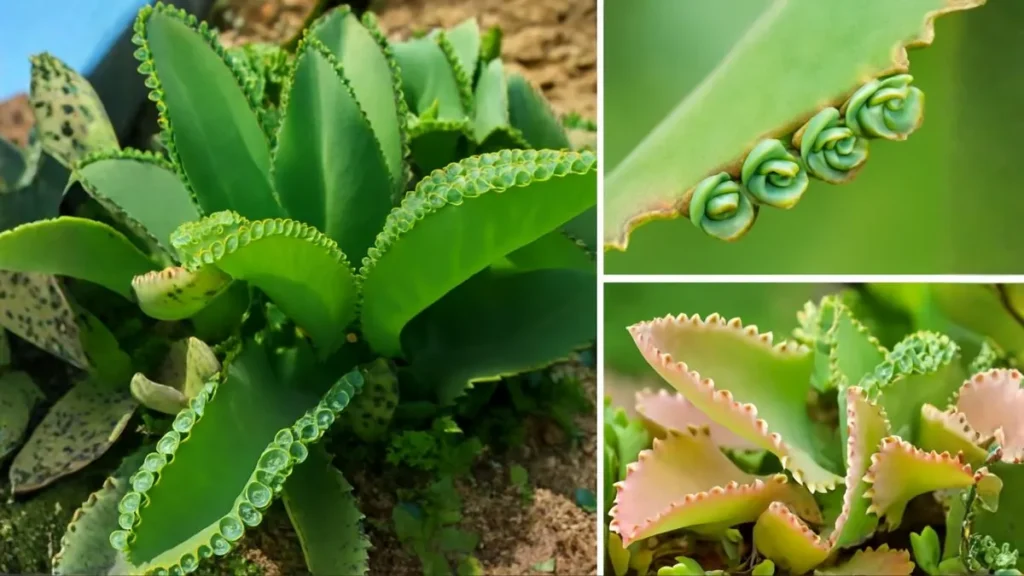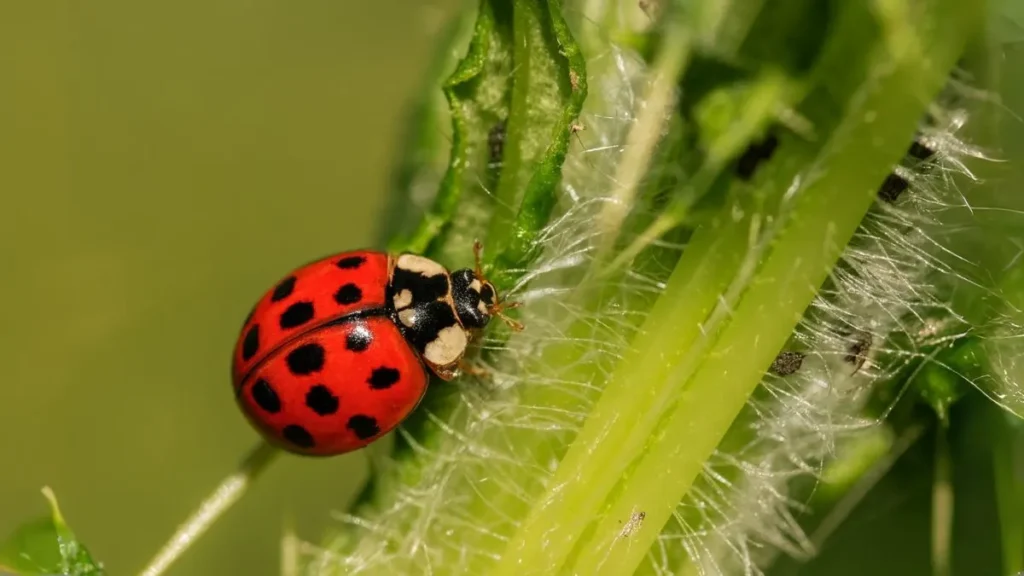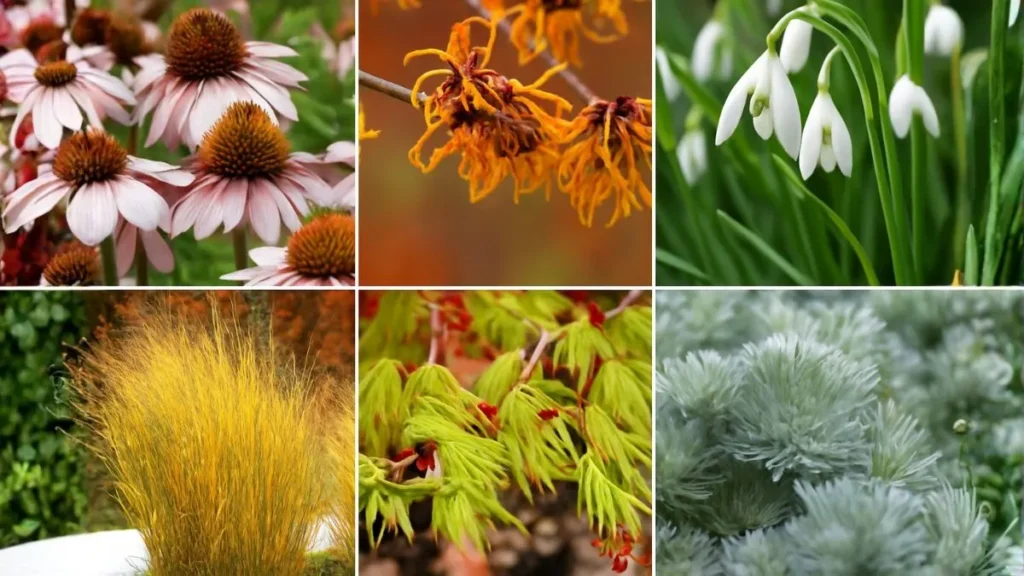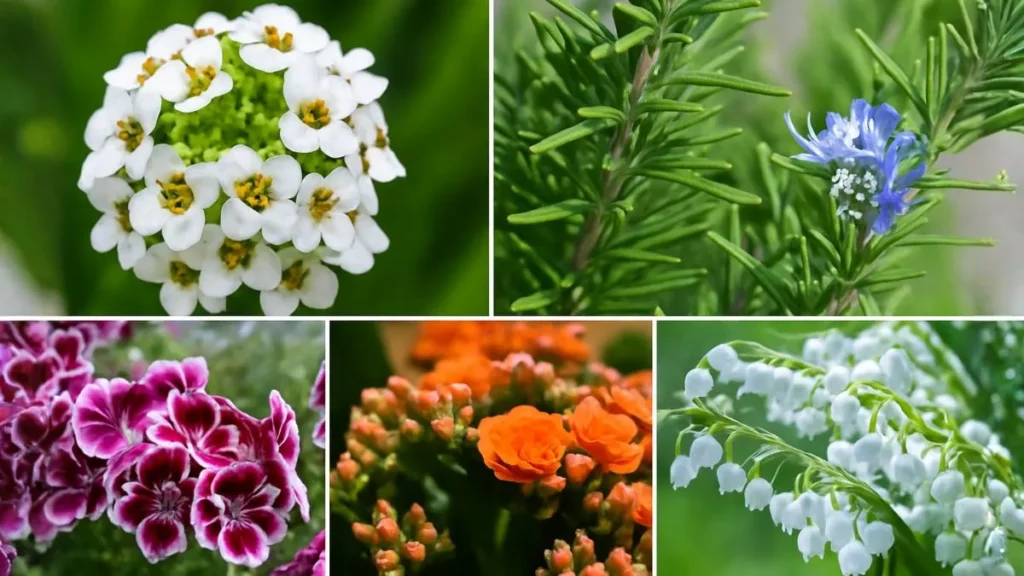Nothing beats the taste of fresh raspberries straight from your garden. But what if you don’t have a large yard? The good news is you can still grow raspberries successfully in containers. With the right care, these delicious berries thrive on balconies, patios, or even sunny windowsills.
Container gardening has become a huge trend in Canada, the USA, and around the world, especially for city dwellers. Personally, my first experiment with potted raspberries was on a small patio. To my surprise, within one season, I was harvesting bowls of berries sweeter than anything I’d ever bought at the store.
If you’ve been wondering how to make this happen in your own home, here’s a complete step-by-step guide.
Choosing the Right Container
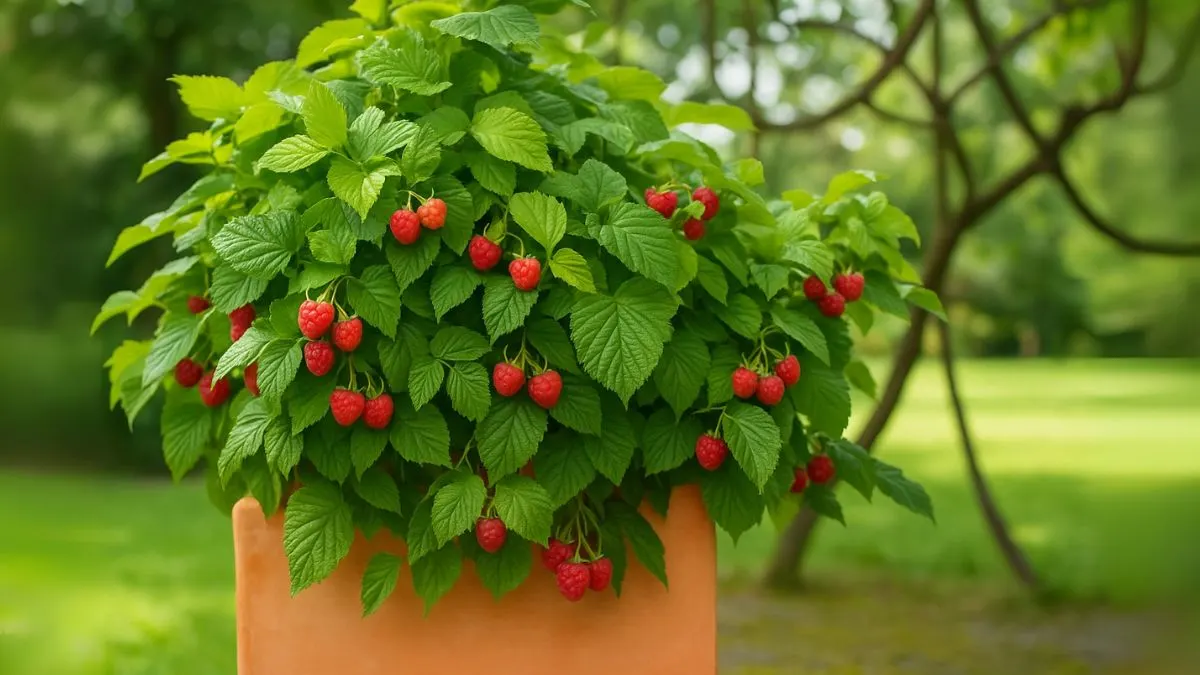
The foundation of successful raspberry container gardening starts with the pot itself. Always choose a container at least 38cm (15in) wide. This gives enough space for the roots to spread and grow strong.
- Material: Terracotta looks stylish but dries out quickly. Plastic and wooden containers retain water better.
- Depth: At least 16–18 inches deep for root stability.
- Drainage: Essential! Make sure there are holes at the bottom so excess water doesn’t sit around the roots.
Remember, your raspberry plant will depend entirely on you for water and nutrients in a container. The right pot ensures healthy root development and better yields.
Preparing the Ideal Soil
Raspberries aren’t overly demanding, but they thrive best under specific conditions. Raspberries grow best in a fertile and slightly acidic soil with a pH of 6.5-6.7.
Here’s how to prepare it:
- Use a premium potting mix enriched with organic compost.
- Add perlite or coarse sand for better drainage.
- Cover the soil surface with two or three inches of just standard wood chip mulch works fine. This locks in moisture, prevents weeds, and keeps the roots cool during summer.
By mimicking the slightly acidic, nutrient-rich conditions raspberries enjoy in the wild, you’ll set your plant up for success.
Also Read: Surprising Places Where Custard Apples Grow Best
Planting Your Raspberry Bush
Now comes the fun part—planting. You can either start with bare-root canes or a young plant from a nursery.
- Fill your pot with prepared soil, leaving about 2 inches at the top.
- Place your raspberry cane in the center of the container.
- Spread out the roots and cover them completely.
- Firm the soil gently around the base.
- Water thoroughly to help the plant settle.
The best time to plant raspberries is late winter to early spring. This gives them enough time to establish before the fruiting season begins.
Sunlight and Watering Requirements
Raspberries love the sun! Aim for 6–8 hours of direct sunshine every day. South-facing balconies and patios are ideal.
- Watering: Keep the soil consistently moist. A good rule is to water when the top 2 inches feel dry.
- Avoid overwatering since soggy soil can cause root rot.
- During hot summers, check daily—raspberries in pots dry out faster than in-ground plants.
In my experience, switching to a self-watering container was a lifesaver. It kept moisture levels steady even when I was away for a couple of days.
Feeding Your Raspberry Plant
Nutrients in pots wash away more quickly, so fertilizing is crucial.
- Start in spring with a balanced 10-10-10 fertilizer.
- Switch to a potassium-rich fertilizer during fruiting to encourage bigger and sweeter berries.
- Organic options like compost tea or liquid seaweed are excellent alternatives.
Feed every 3–4 weeks during the growing season to keep your raspberry bush strong and productive.
Also Read: Weeds: Nature’s Free Soil Test in Your Garden
Training and Pruning for Better Growth
Raspberries naturally produce lots of canes, which can make the pot look messy. A little training and pruning goes a long way.
- Use bamboo stakes or a small trellis to support canes upright.
- After harvesting, cut back the old brown canes to the soil line. Leave the green new canes to grow.
- This rotation encourages fresh growth and maximizes your yield the following year.
Pruning also improves airflow, reducing the risk of fungal diseases like powdery mildew.
Harvesting Raspberries in Pots
The best reward of all—harvest time!
- Berries are ready when they turn a deep red and detach easily from the stem.
- Check plants every 2–3 days during peak season for ripe berries.
- Eat them fresh, freeze them, or use them in jams and desserts.
One of my favorite gardening memories is picking warm raspberries on a summer morning and tossing them straight into my breakfast bowl. Freshness like that can’t be bought.
Common Problems and Quick Fixes
Even with the best care, issues may pop up. Here’s how to troubleshoot:
Problem |
Likely Cause |
Solution |
Yellowing leaves |
Nutrient deficiency |
Apply balanced fertilizer |
Wilting canes |
Inconsistent watering |
Mulch and water deeply |
Few berries |
Not enough sun |
Move to a sunnier spot |
Most problems are easily fixable once you understand what your plant needs.
Also Read: Yarrow: Nature’s Hidden Healing Herb
Learning how to grow raspberry bush in pot is simpler than most people imagine. With the right container, good soil, and consistent care, you can enjoy homegrown berries even without a yard.
Just remember these essentials: choose a container at least 38cm (15in) wide, prepare fertile soil because raspberries grow best in a fertile and slightly acidic soil with a pH of 6.5-6.7, and don’t forget that two or three inches of just standard wood chip mulch works fine to protect roots and retain moisture.
Whether you’re in Canada, the USA, or anywhere with a sunny balcony, this method will bring you baskets of sweet, juicy raspberries season after season. Once you’ve tasted your own harvest, store-bought berries will never compare.
👉 So why wait? Grab a pot, plant your first raspberry bush, and let nature reward you with its sweetest gift.
